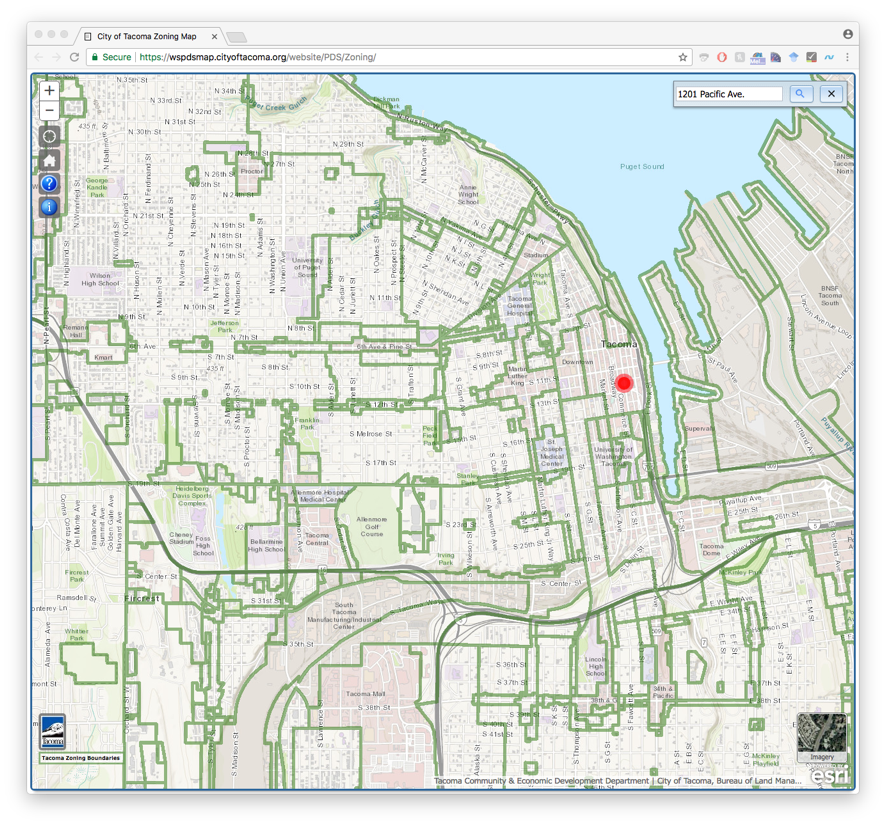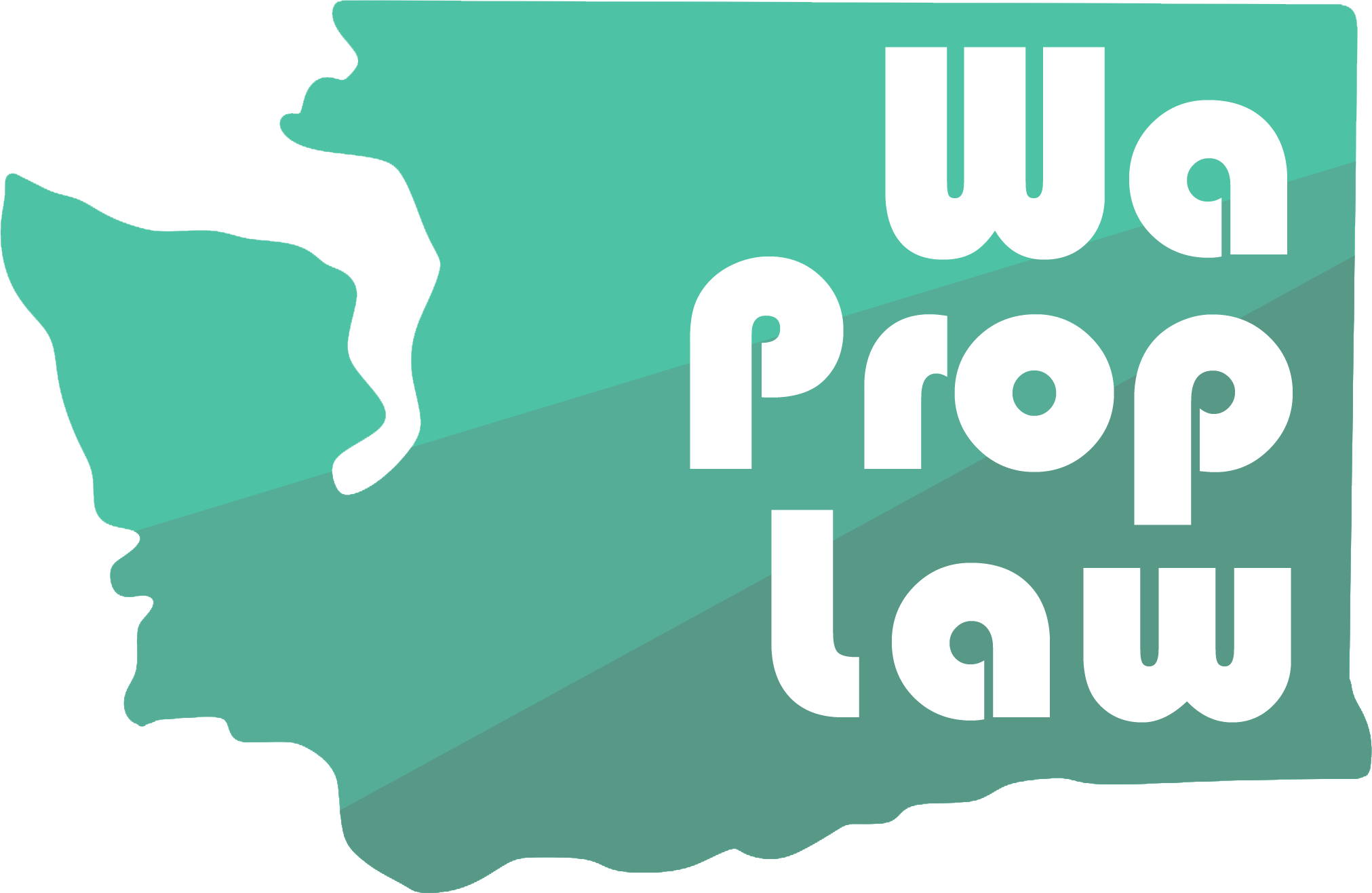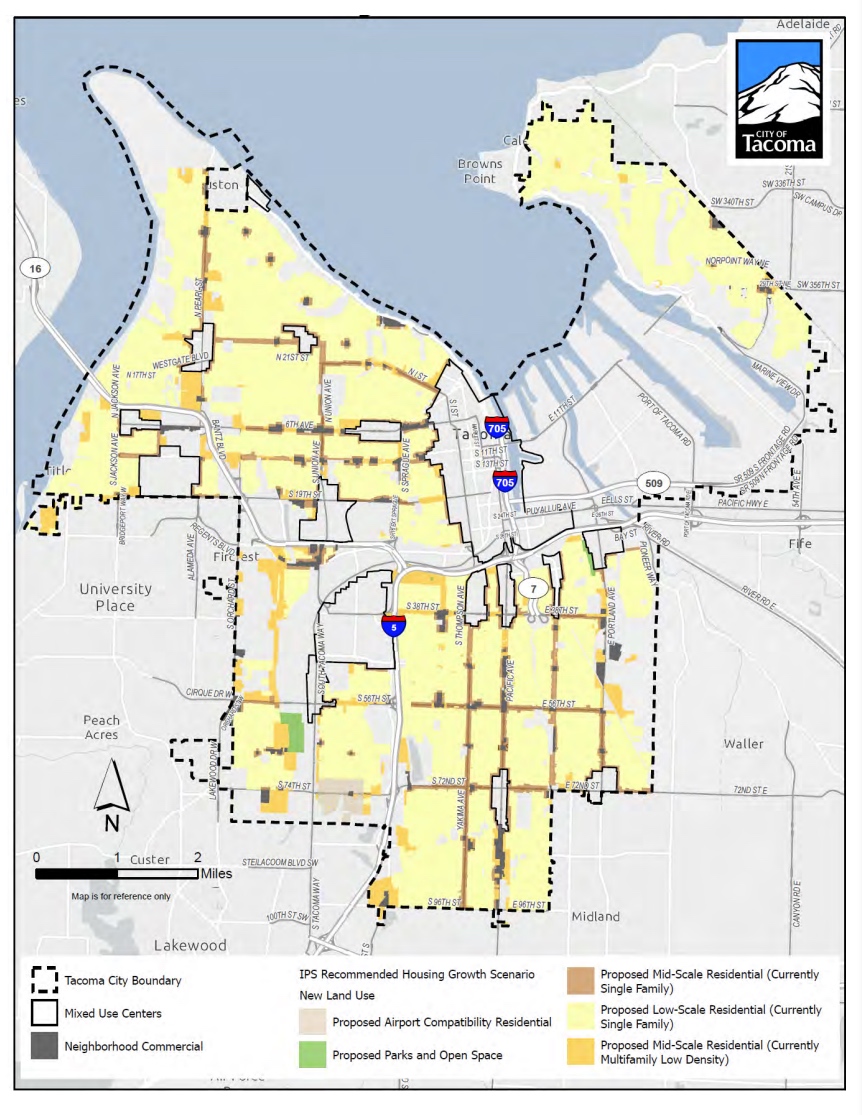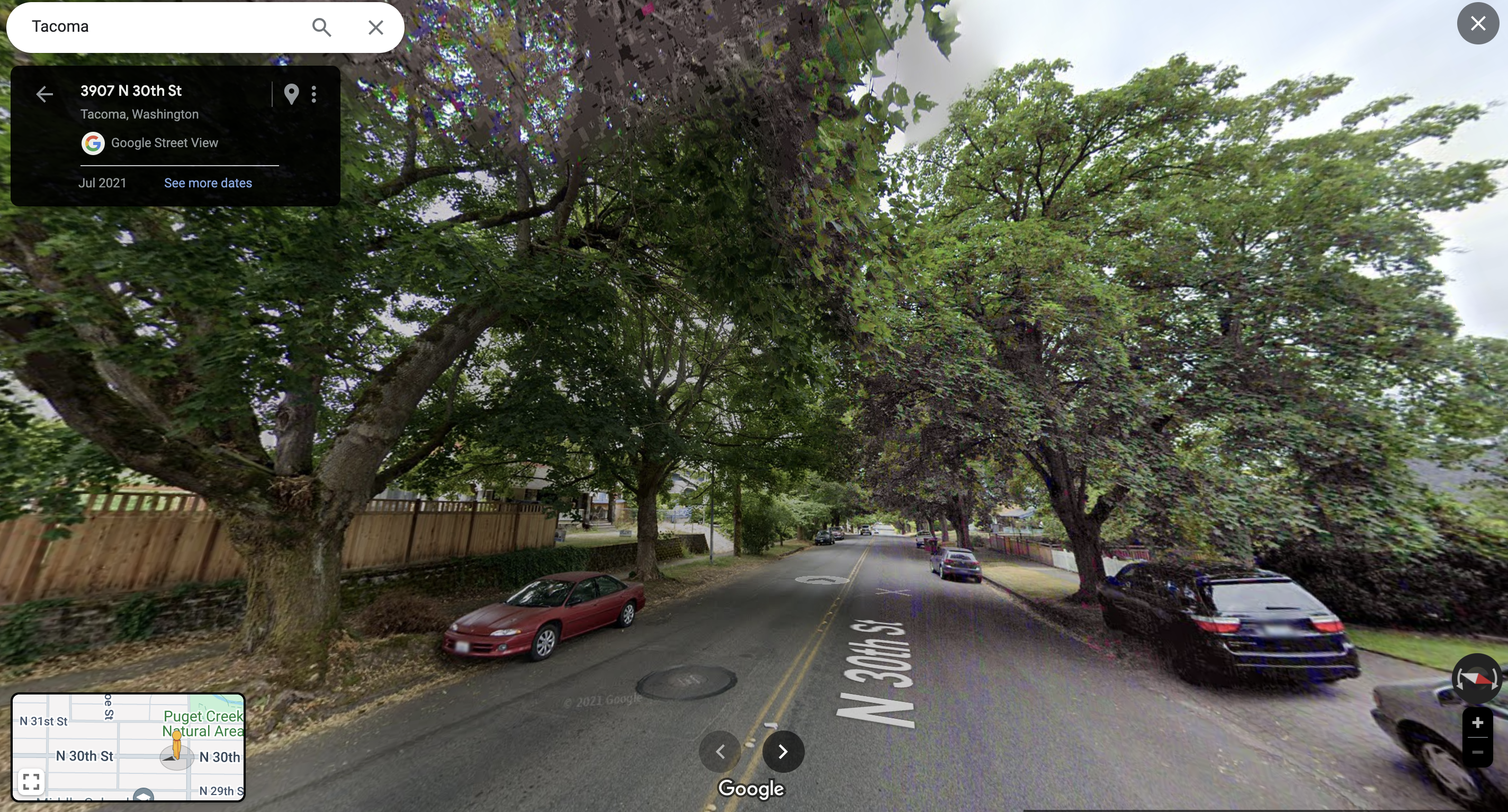The Purpose of Zoning
The purpose of zoning is to prohibit people from using their property in a manner that would adversely impact the surrounding area. For example, the purpose of a residential zone is to keep people from constructing a factory or warehouse in the middle of a neighborhood. Allowing these higher-intensity uses in a low-density single-family residential area could cause a nuisance to neighbors, stress local infrastructure, and devalue surrounding homes.
Zoning can Impede Development and Progress
While zoning done right can add value to your property and make your life more pleasant, municipalities often make zoning more complicated and restrictive than they should. For instance, the City of Tacoma has over thirty different zones varying in intensity from single family to commercial.
These zones are often implemented in a haphazard patchwork. Here is a screenshot of the zoning boundaries near downtown Tacoma:

You can see how complex the zoning has become over the years. This level of complexity can make it difficult for people to use their property in an efficient manner.
Is rezoning realistic for you?
If you want to use your property in a way that the current zoning does not allow, one of your options is to try to get it rezoned for the use that you seek. However, this option is normally only available when your property is on the edge of a more favorable zone (hence the punny title of this article).
For example, you may stand a chance of successfully rezoning your property if your property is zoned for low-density single-family but it is next door to properties zoned high-density residential. In this scenario, it would be straightforward to get the zoning changed from low-density residential to high-density residential.
Why? Because the local government doesn’t need to change anything major; all they have to do is move the boundary of one zone slightly over. If your property is in the center of a big low-density residential zone then you’re going to have a tough time.
How to rezone property in Washington
There are generally two ways to get a property rezoned. The first is to make an official application for a zoning change (e.g.. Pierce County’s Zoning Change application checklist). While this option can definitely be worth pursuing in certain cases, it may not be the easiest path to success. In addition to the general human tendency to avoid admitting error, officials are often reluctant to rezone properties because doing so may constitute illegal preferential treatment known as “spot zoning.”
The second and more efficient way to get your zoning changed is to lobby to changing the zoning of your whole neighborhood when your local Comprehensive Plan or Community Plan comes up for review (e.g., Tacoma’s Comprehensive Plan). These plans set out broad development goals across the municipality, designating new growth areas, urban centers, residential areas, and more.
Municipal councils generally rely on input from citizens and local businesspeople when considering changes to the Comprehensive or Community Plan. Therefore, when a plan is up for review, that often presents an opportunity to lobby for a zoning change in your neighborhood.
Alternatives to rezoning
Even if rezoning is off the table, there are other ways to pursue the same goal:
In many cases, these methods may be more efficient and likelier to succeed than outright rezoning. Click on the above links to learn more.
Check the zoning in your neighborhood!
The following is a list of zoning maps for Pierce County and some of the included cities:
- City of Tacoma
- Unincorporated Pierce County
- Zoom in at least two clicks, and then select Parcel>>Zoning checkbox
- University Place
- Edgewood (not interactive)



